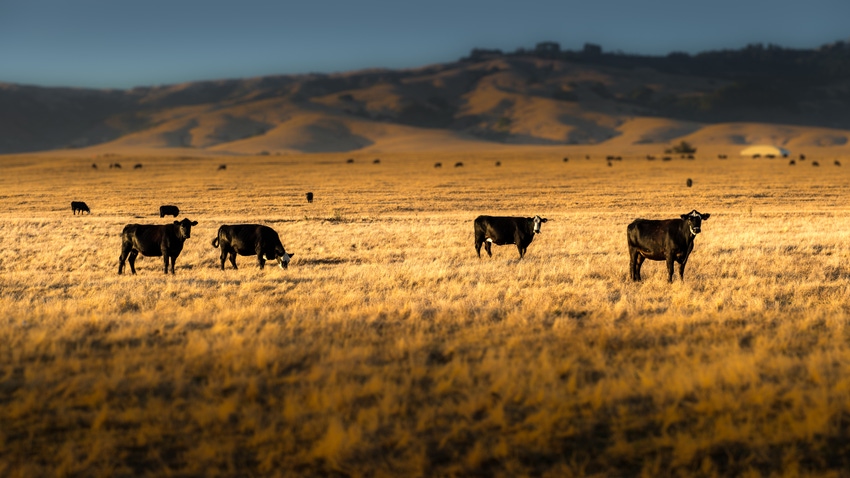University of Saskatchewan center to focus on emerging issues in beef cattle health and production, forage crops, grazing management and environmental concerns.
October 10, 2018

The University of Saskatchewan and its partners launched Oct. 9 the $38 million Livestock & Forage Centre of Excellence (LFCE), a world-class complex of field and science laboratories that will be a powerhouse for innovative research, teaching and industry engagement in all aspects of livestock and forage production.
A partnership of the University of Saskatchewan, the livestock and forage industries and the governments of Saskatchewan and Canada, LFCE is the largest and most comprehensive center of its kind in Canada, the university said in an announcement.
LFCE will enable Canadian and international scientists to focus on emerging issues related to beef cattle health, reproduction, nutrition, genetics and public safety, as well as plant breeding for forage crops, grazing management and environmental issues facing the livestock and forage industries, according to the announcement.
“This unique center will research and model all aspects of raising livestock on the prairies, helping to meet the needs of producers and consumers in Canada while also helping to sustainably produce food for a growing world population,” University of Saskatchewan president Peter Stoicheff said.“It will break down barriers between academics and livestock and forage producers and bring scientists from across disciplines together to promote an integrated approach to solving industry issues.”
Until work began to renovate or construct facilities to fulfil the LFCE vision, Saskatchewan livestock and forage research had been conducted in separate, independently operated and far-flung facilities, the university said. The new consolidated approach is expected to improve the transfer of research results and novel technology to livestock and forage producers, veterinarians, economists, environmental engineers and consumers.
Comprising 27 quarters of land (more than 4,300 acres) in two locations, LFCE will operate three units:
1. The Beef Cattle Research & Teaching Unit south of Clavet, Sask., which includes a 1,500-head-capacity feedlot and intensive environmental monitoring;
2. The Forage & Cow-Calf Research & Teaching Unit south of Clavet, which includes 300 breeding cows, and
3. The Goodale Research Farm southeast of Saskatoon, Sask., which includes 165 breeding cows as well as horses, bison and deer for research. The Goodale farm will be upgraded in 2019.
The director of LFCE will be Kris Ringwall, a beef cattle specialist and former director of North Dakota State University’s Dickinson Research & Extension Center. He will start Nov. 1 and will report to the deans of both the University of Saskatchewan College of Agriculture & Bioresources and the Western College of Veterinary Medicine (WCVM).
Students and faculty from the College of Agriculture & Bioresources, the College of Engineering and WCVM will conduct research at the center, the university said. Students will have hands-on learning opportunities both in the field with the cattle and in the center’s laboratories.
LFCE will also offer interactive outreach programs — field days, demonstrations, industry presentations and seminars — to help introduce new techniques and technologies to producers and affiliated industries that see the research as critical to the advancement, sustainability and profitability of the livestock and forage industries and to address issues important to consumers nationally and internationally, the university explained.
“The Livestock & Forage Centre of Excellence will be our link from the lab to the land by providing cutting-edge research to ranchers and other producers,” said Duane Thompson, chair of the center’s strategic advisory board and the owner/operator of Tee Two Land & Cattle Co. Inc. near Kelliher, Sask. “When we take home information that increases our profitability, it benefits the whole economy. Every $1 million in calves sold results in 22 jobs in this province.”
LCFE was funded, in part, by the federal/provincial Growing Forward 2 agreement, which involved a cost-shared $10 million investment.
In addition to that investment, the center received funding from Western Economic Diversification as well as from several organizations, corporations and individuals. The university’s contribution is $11 million.
More information about LFCE can be found at https://lfce.usask.ca.
You May Also Like



